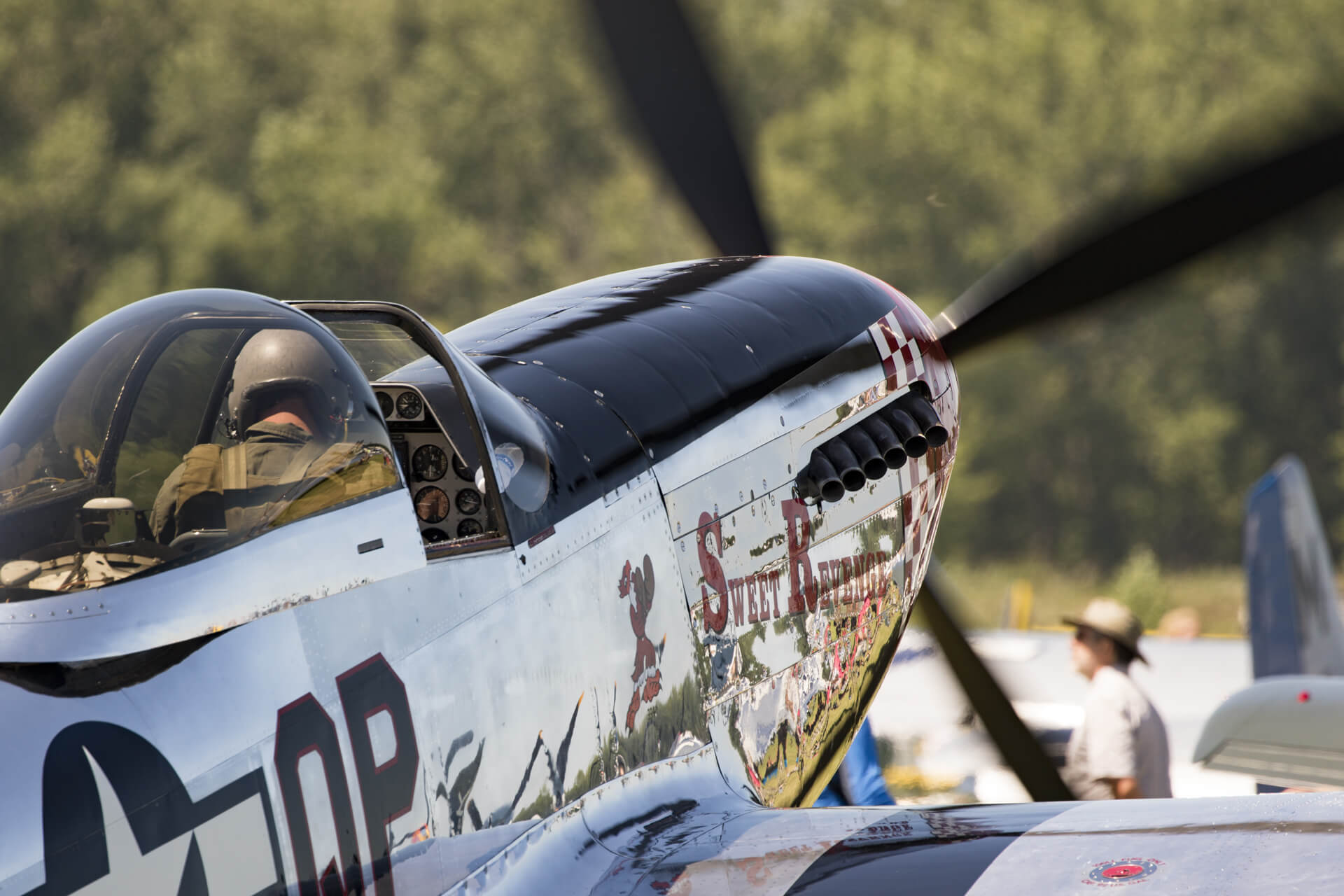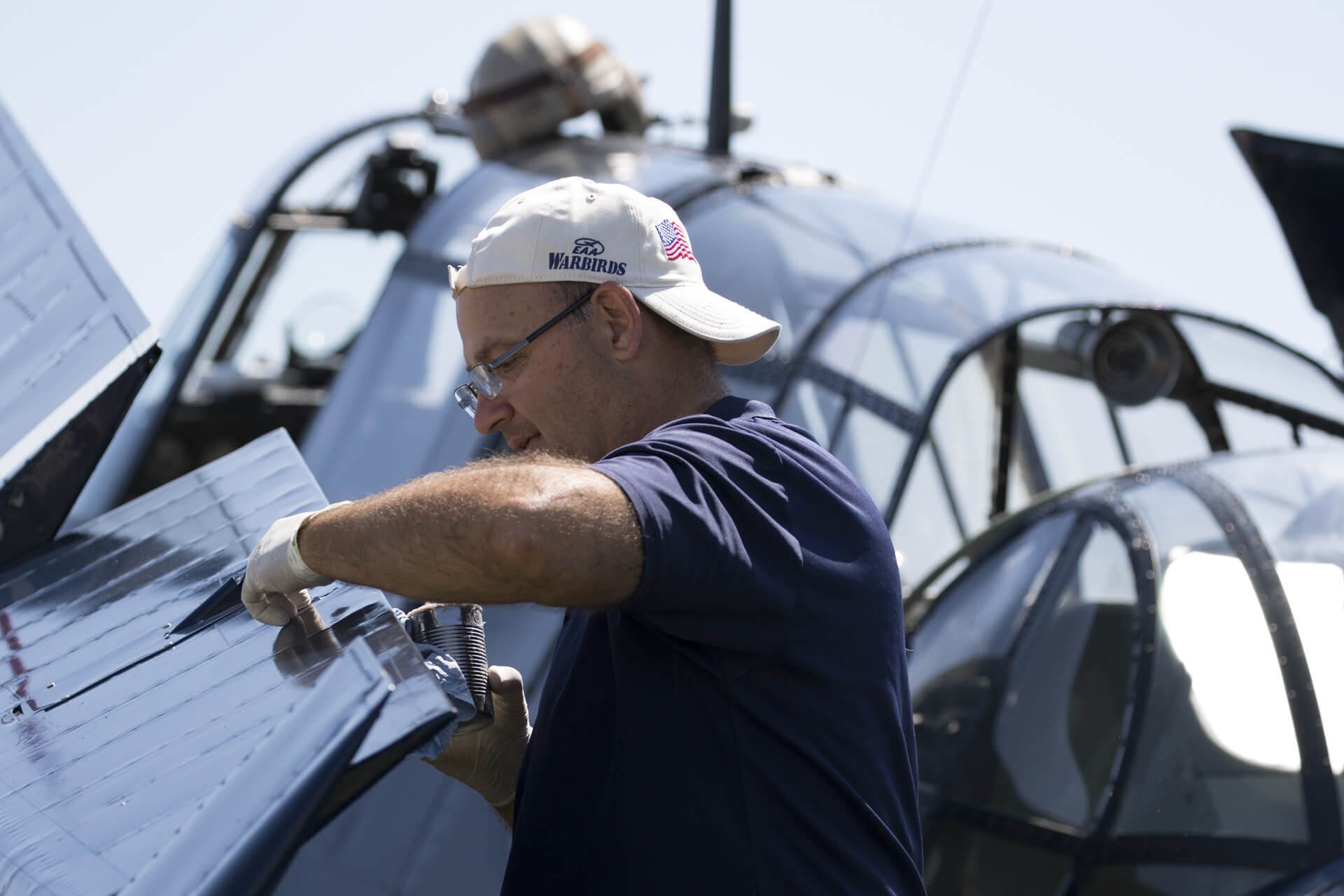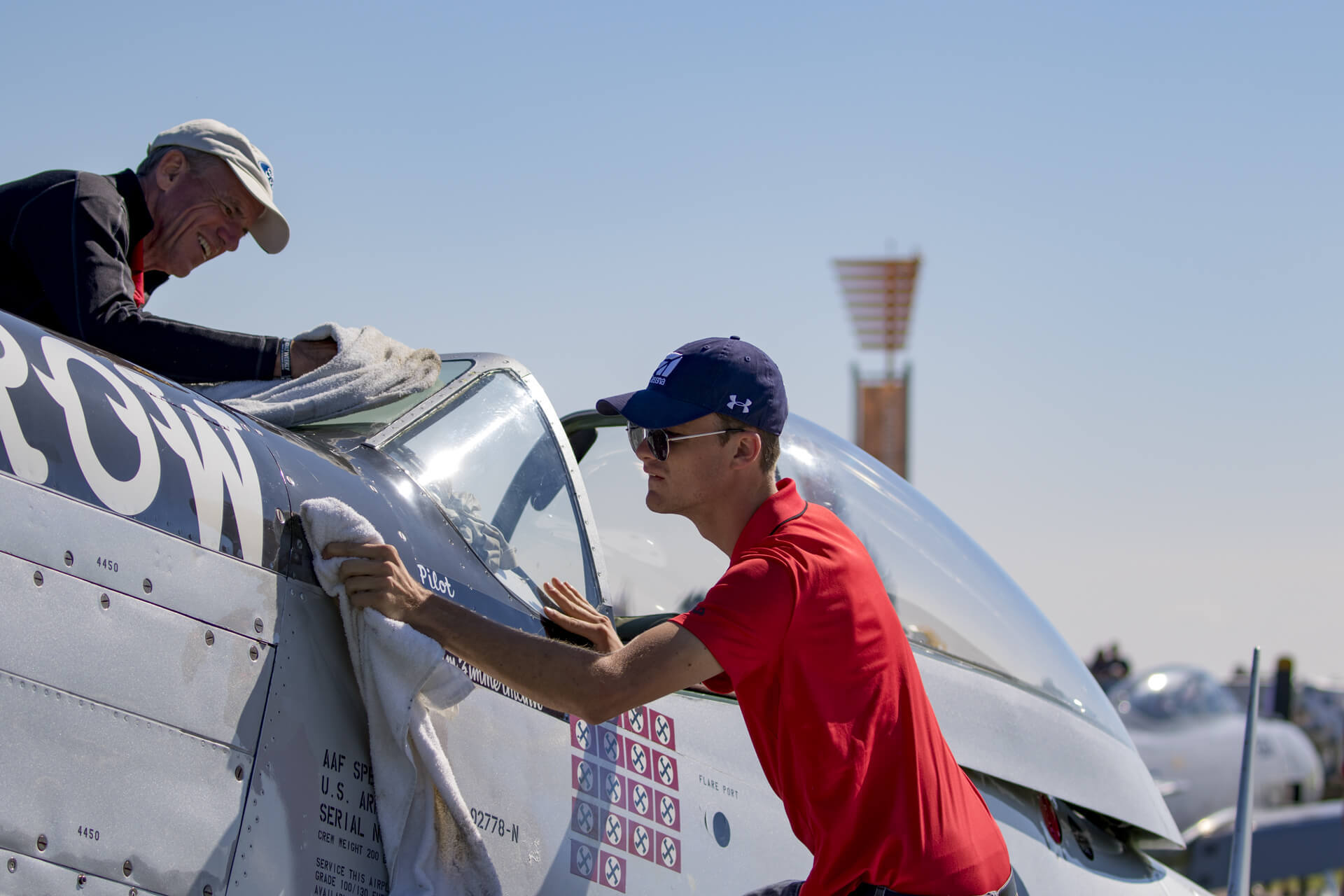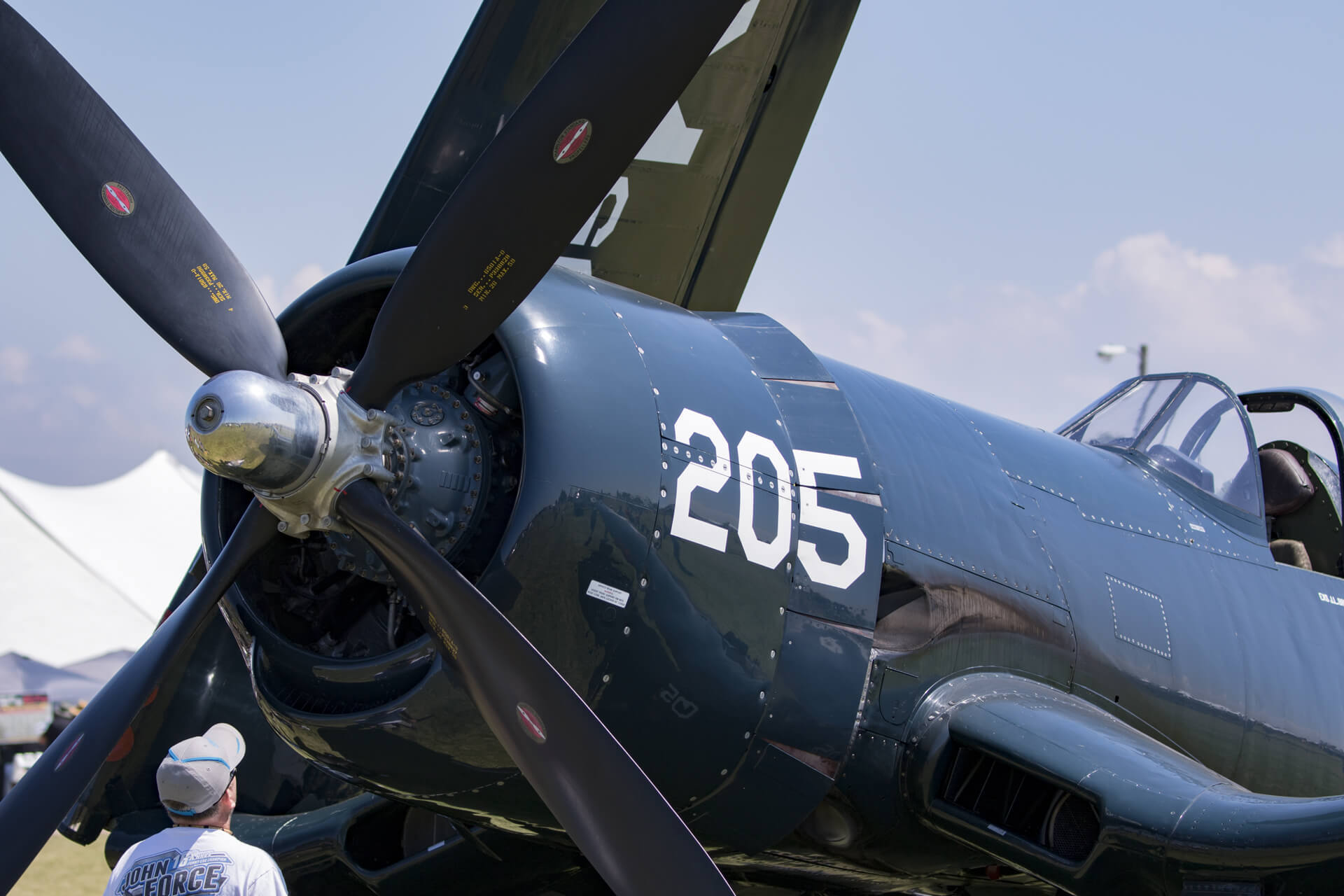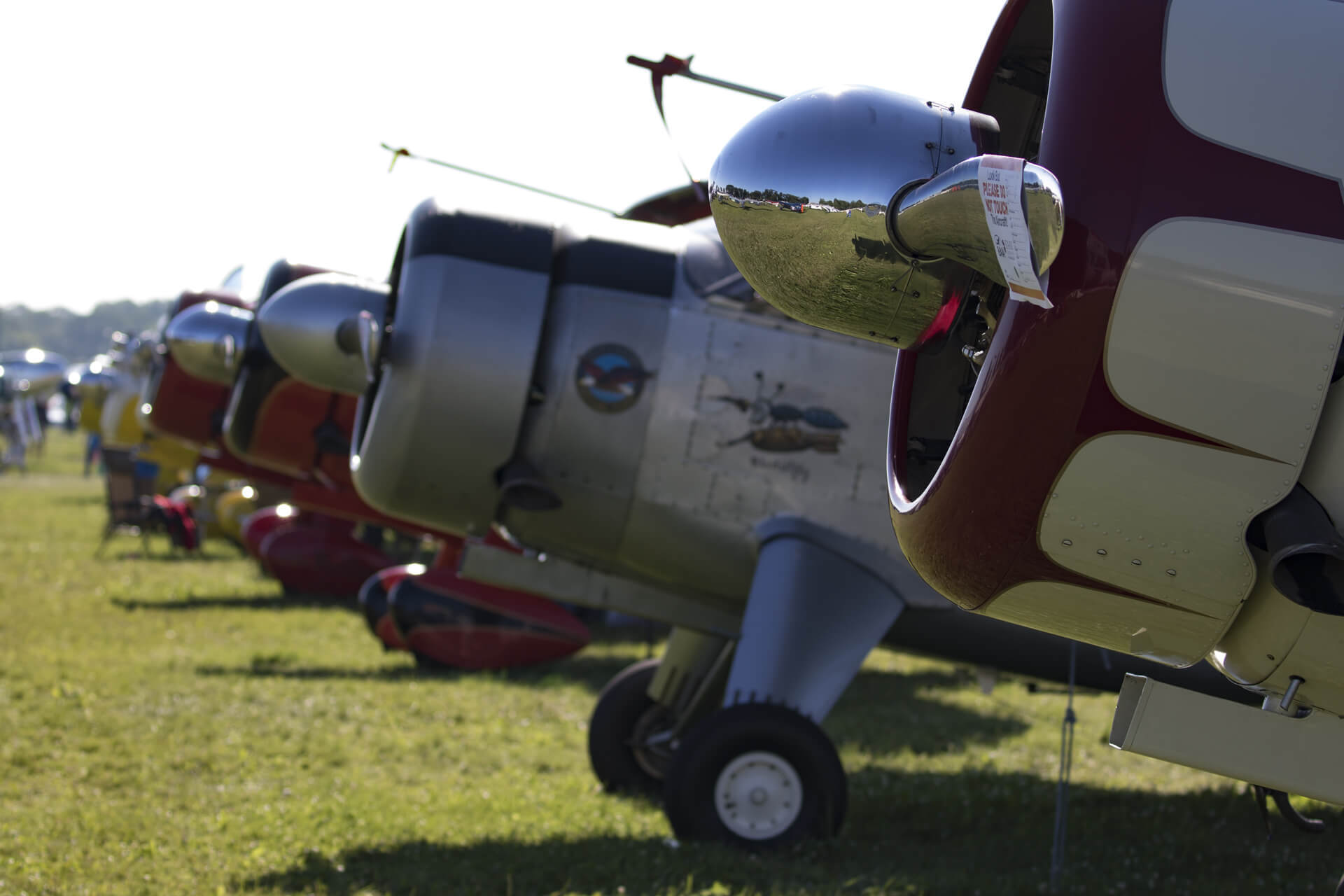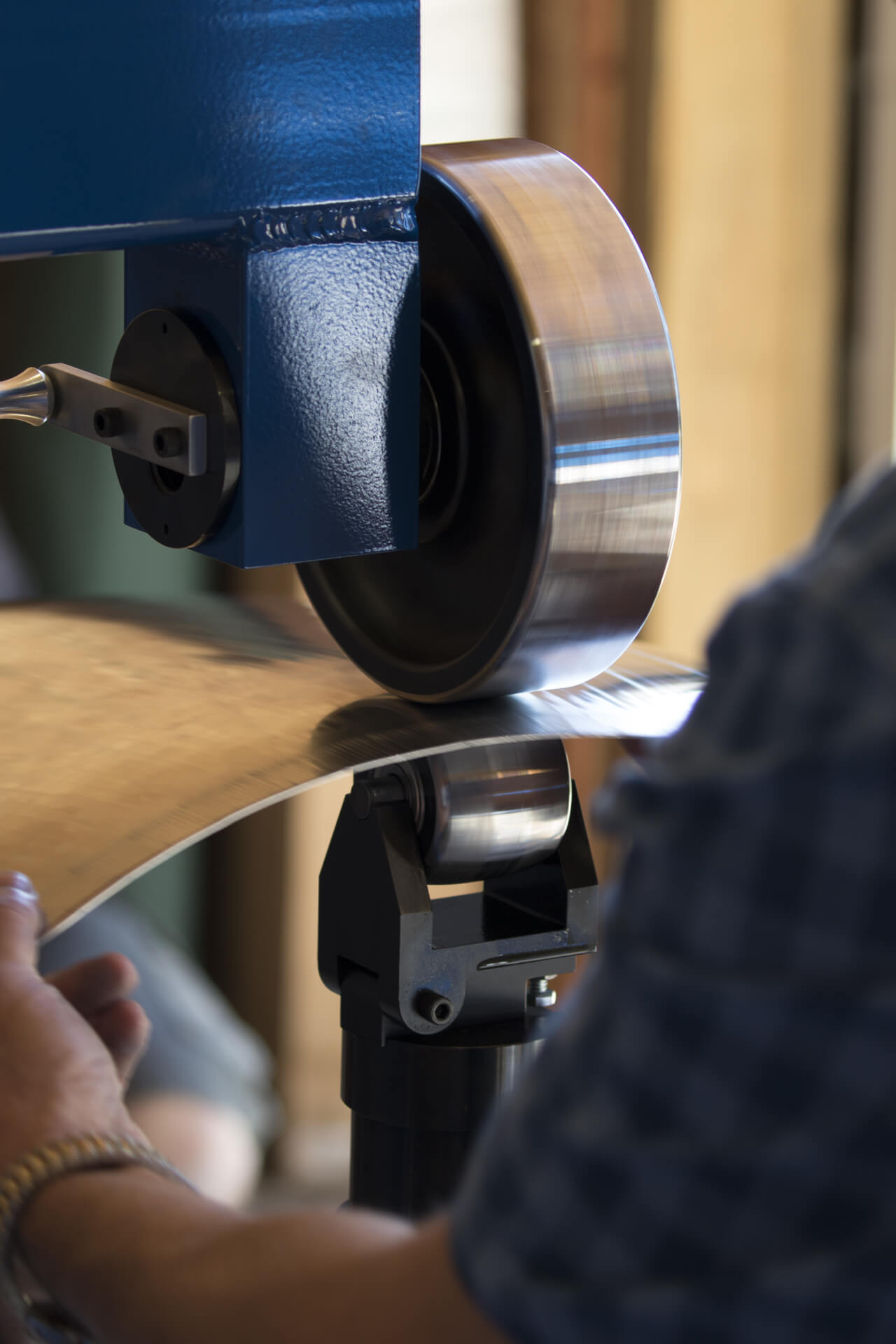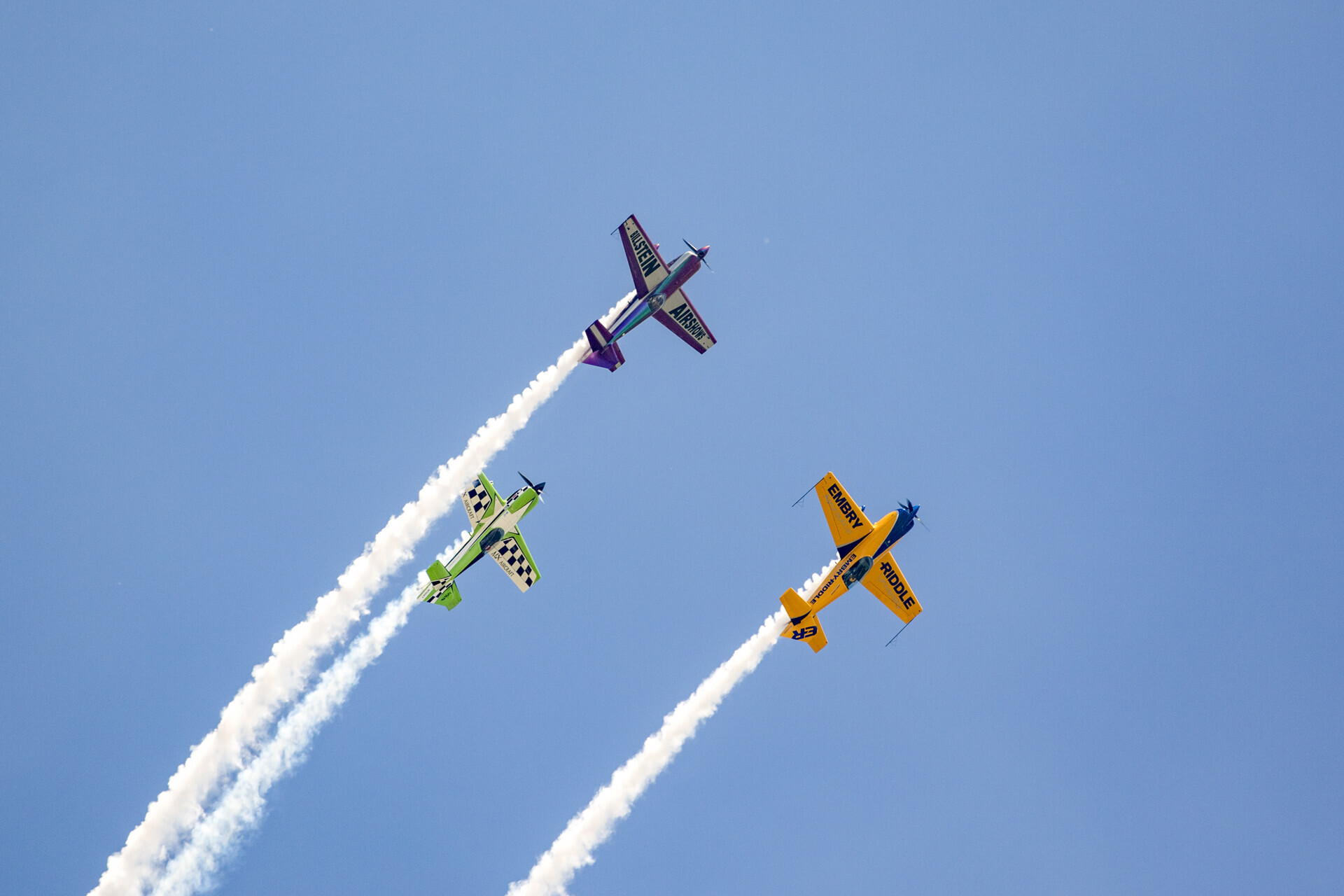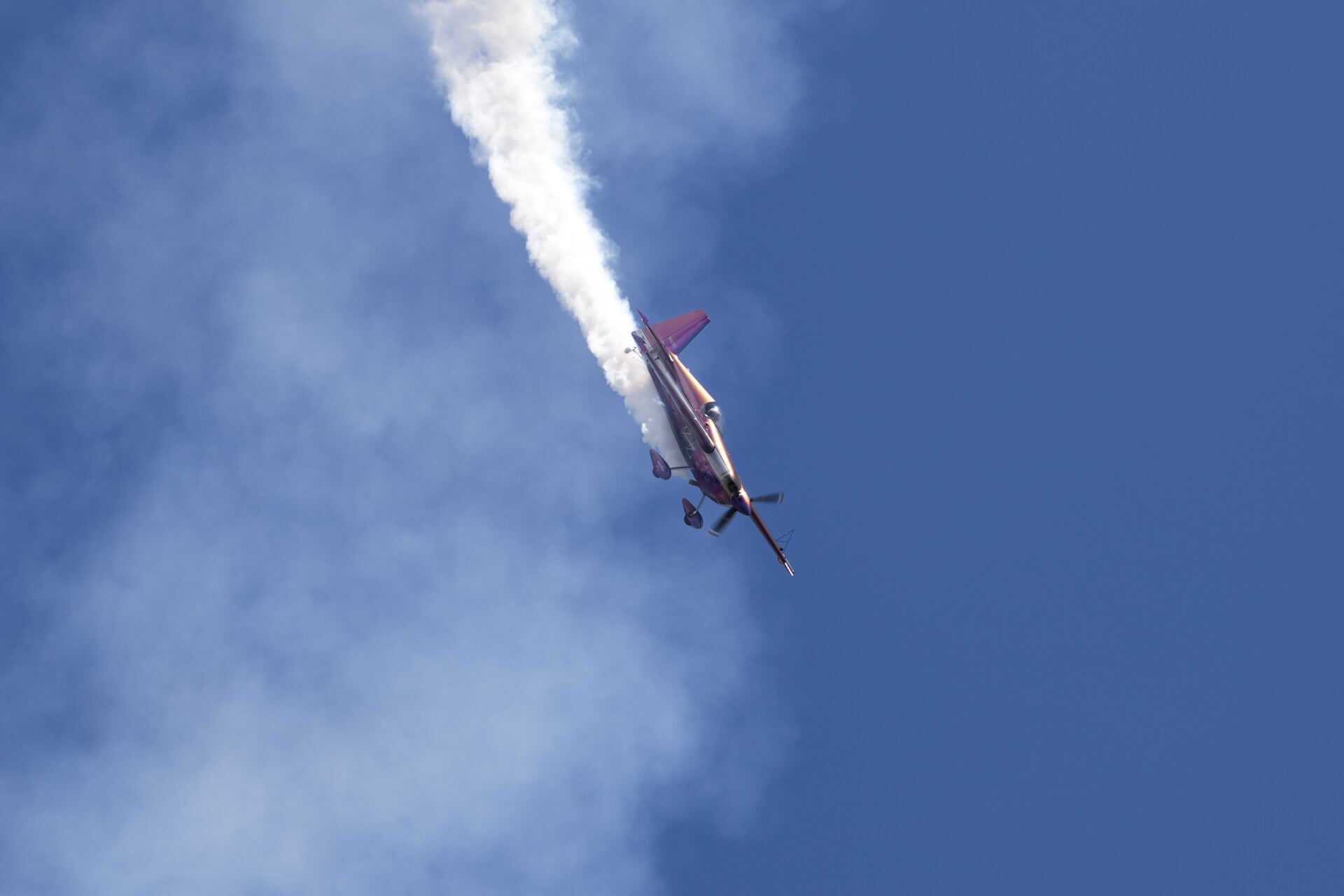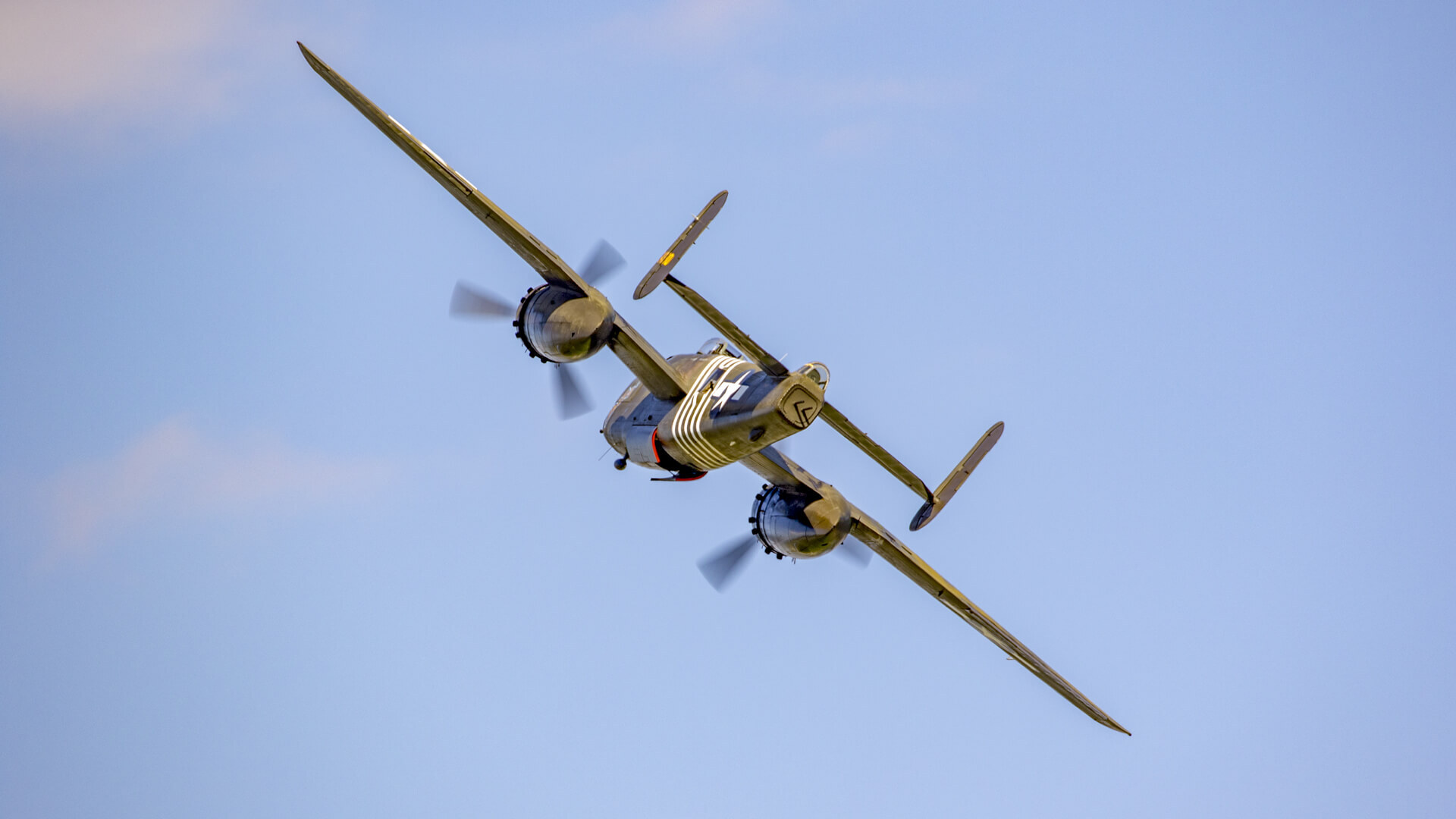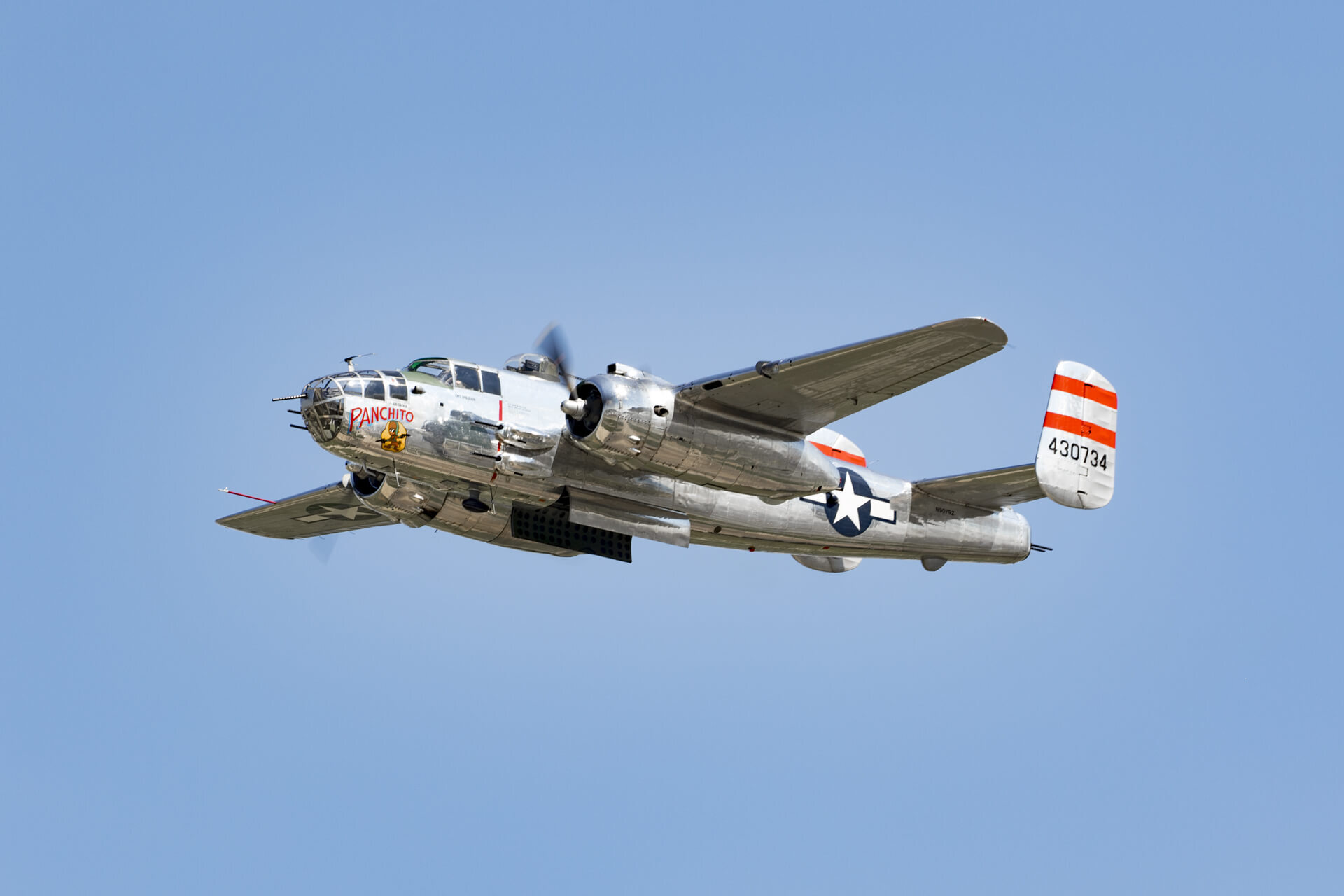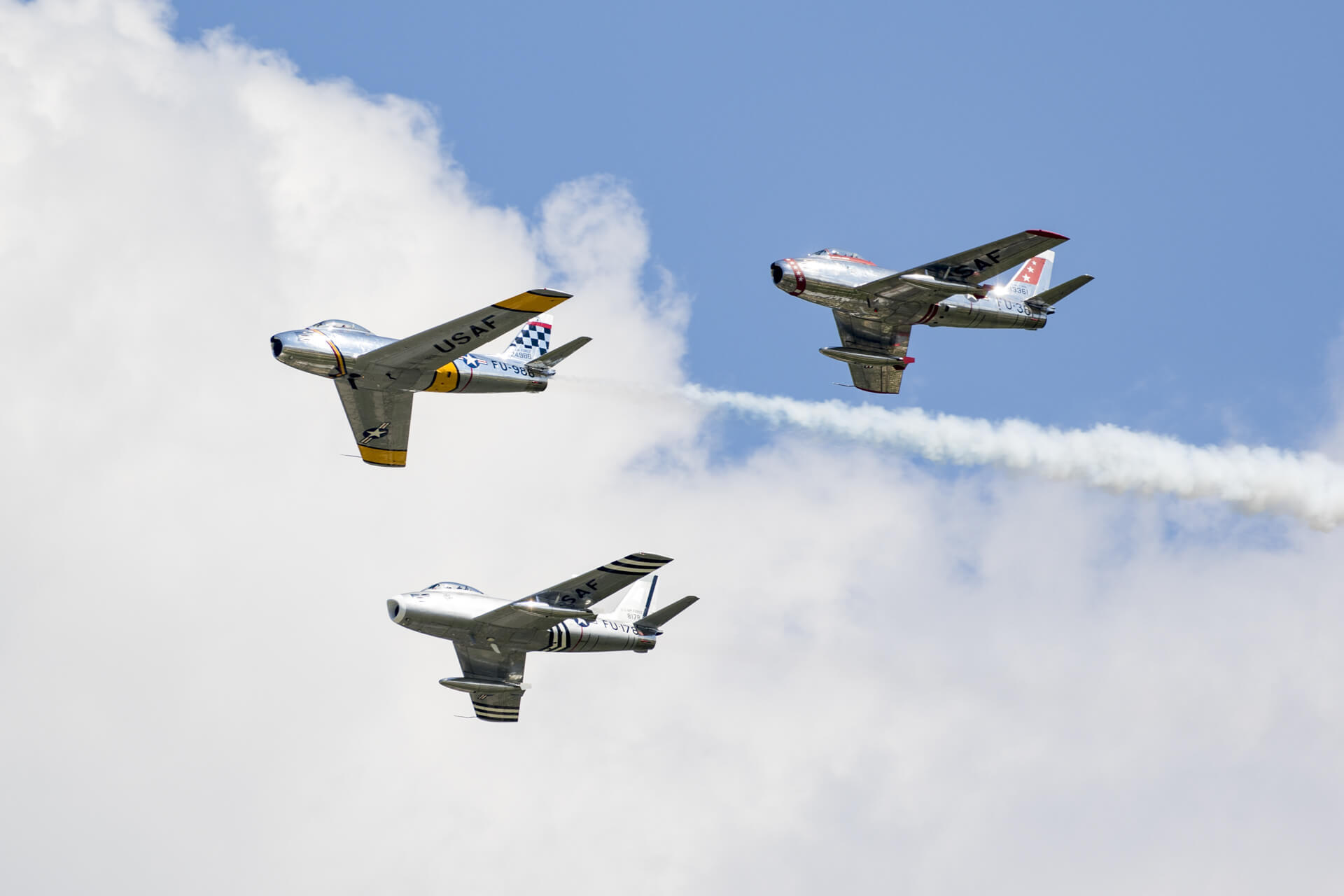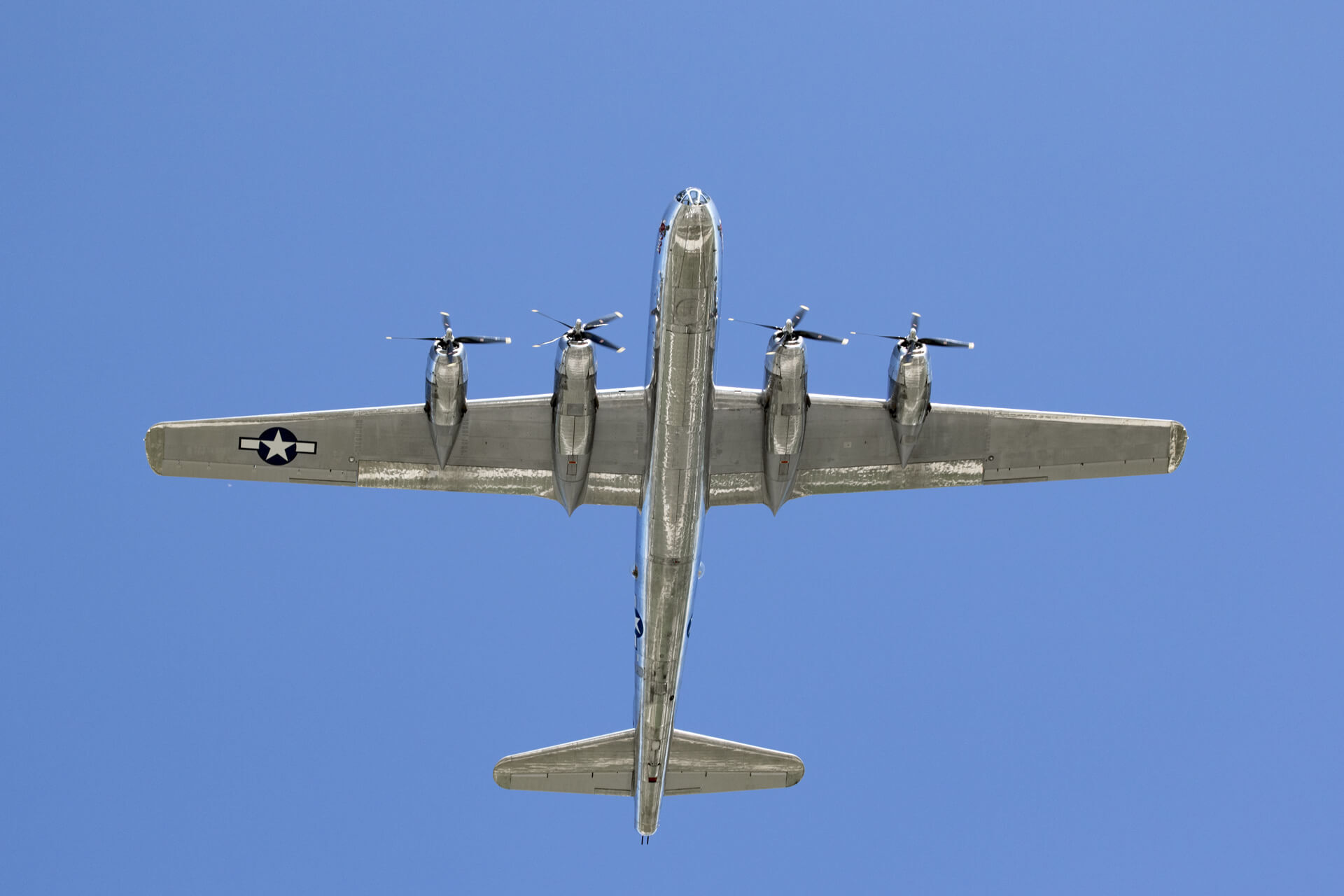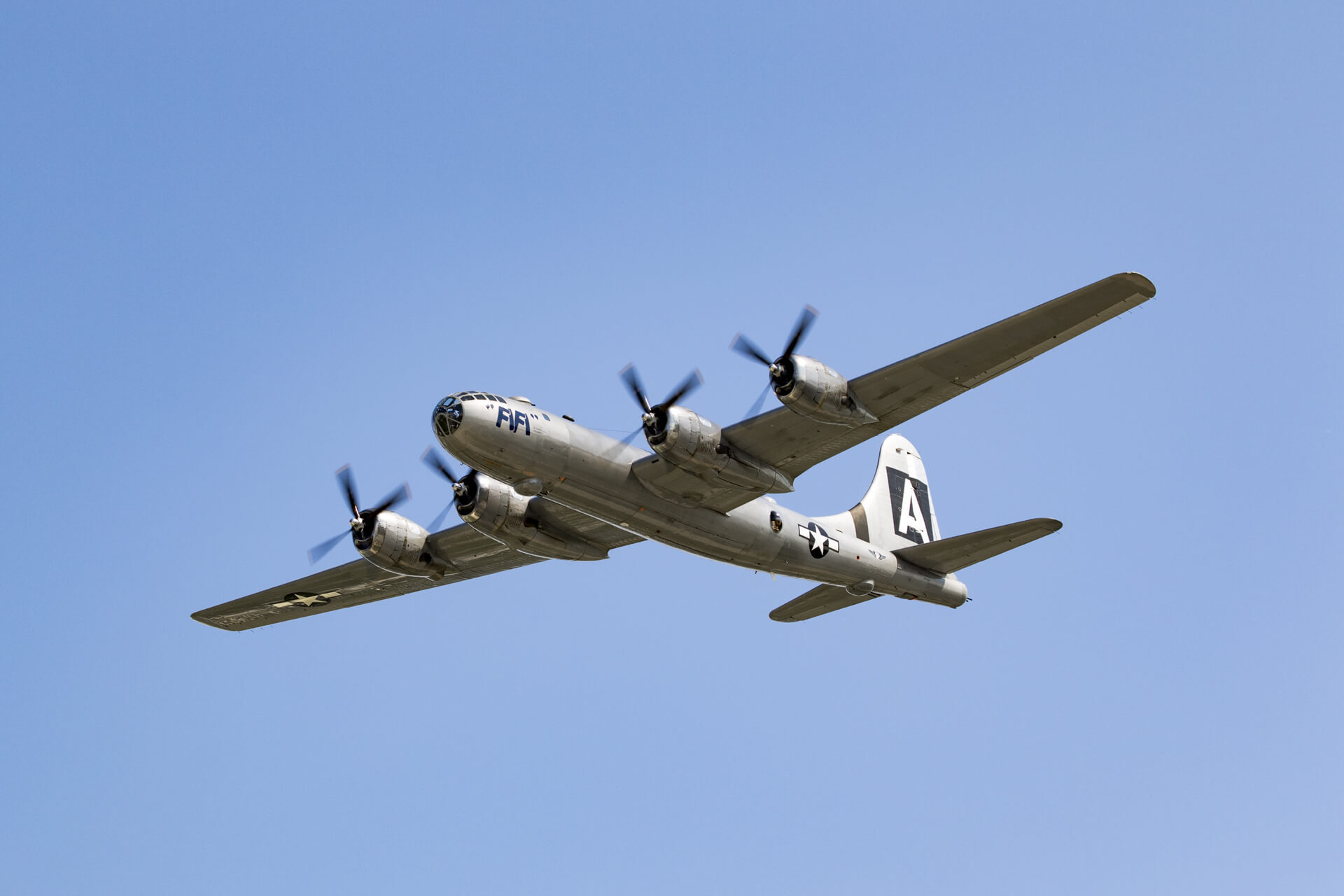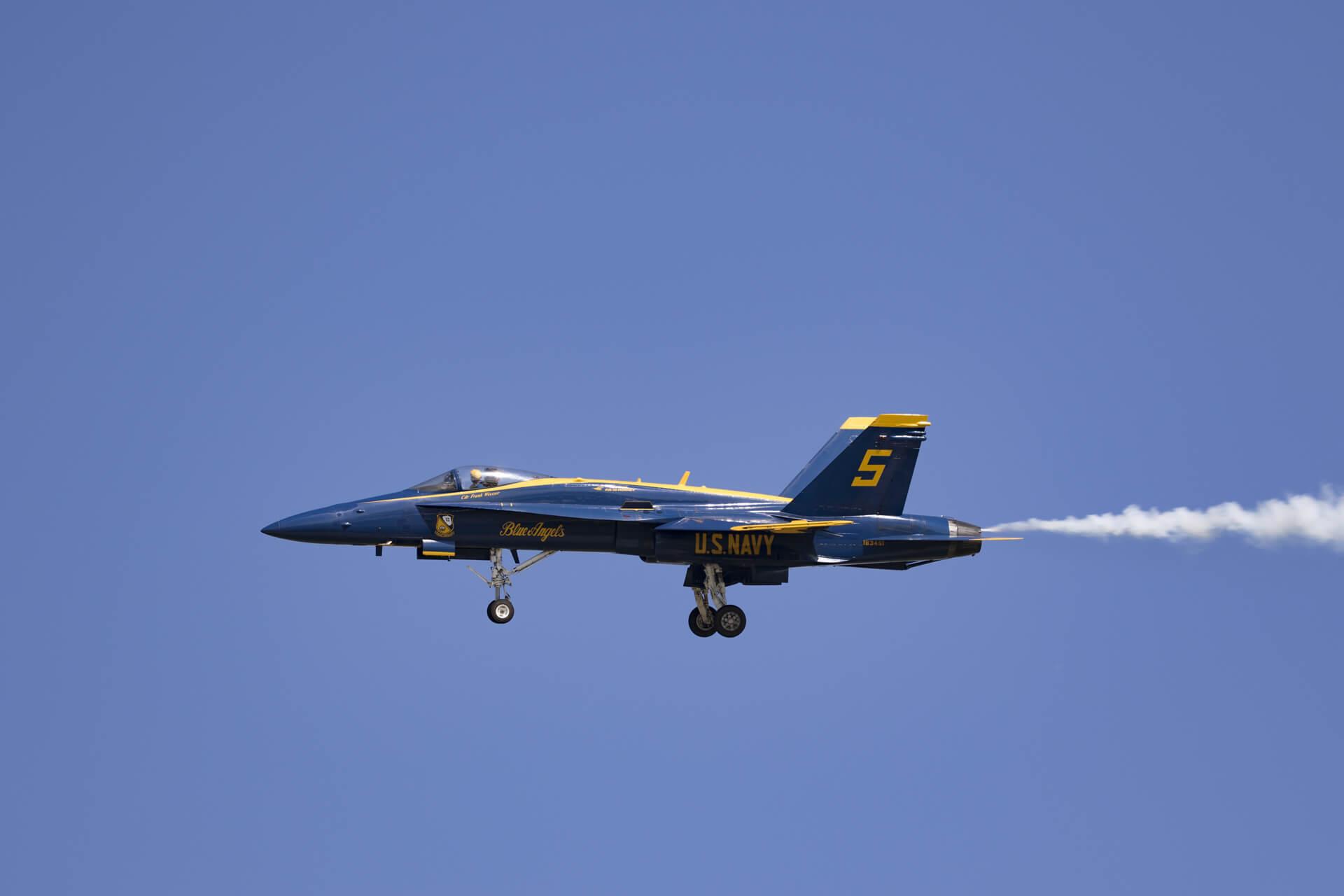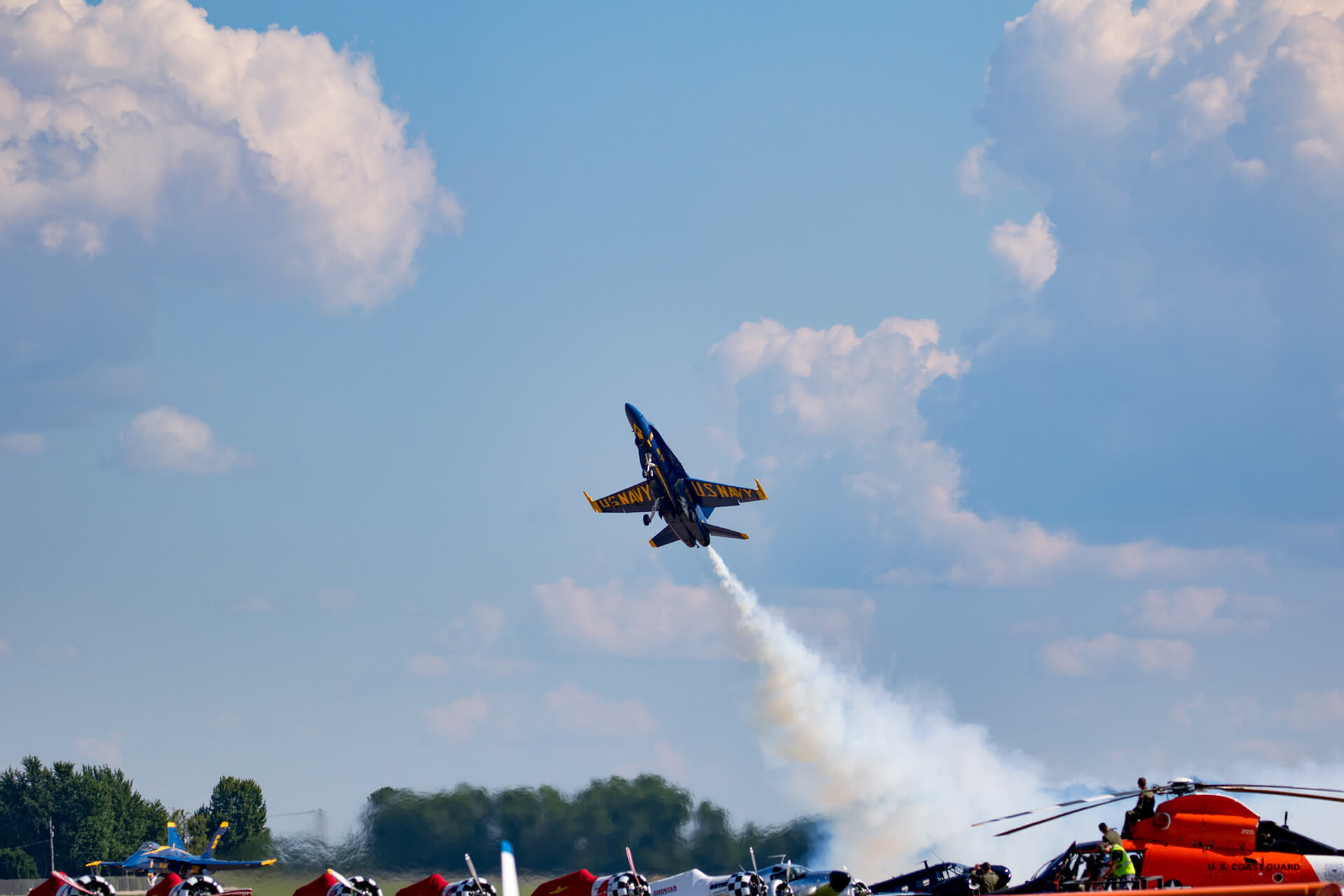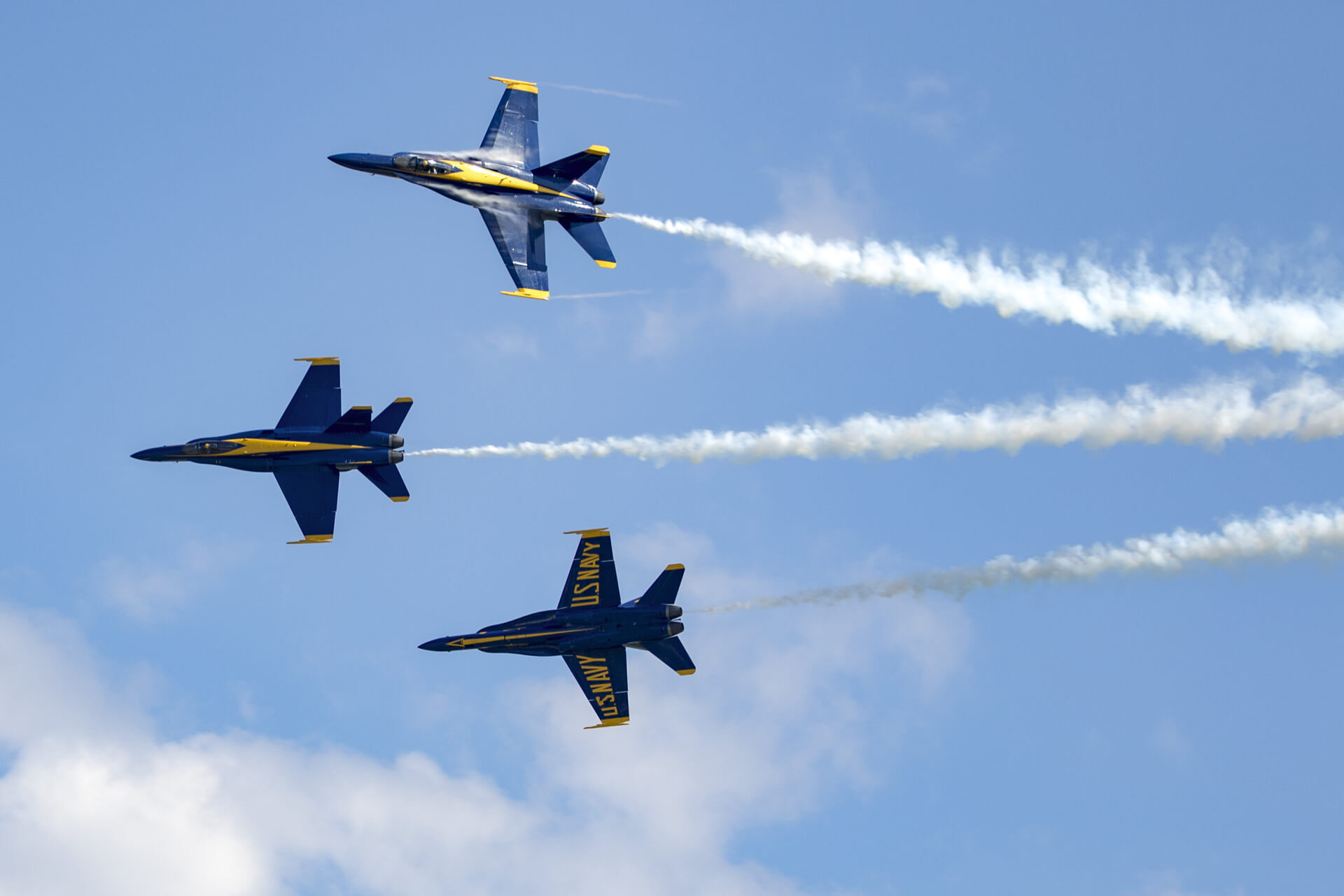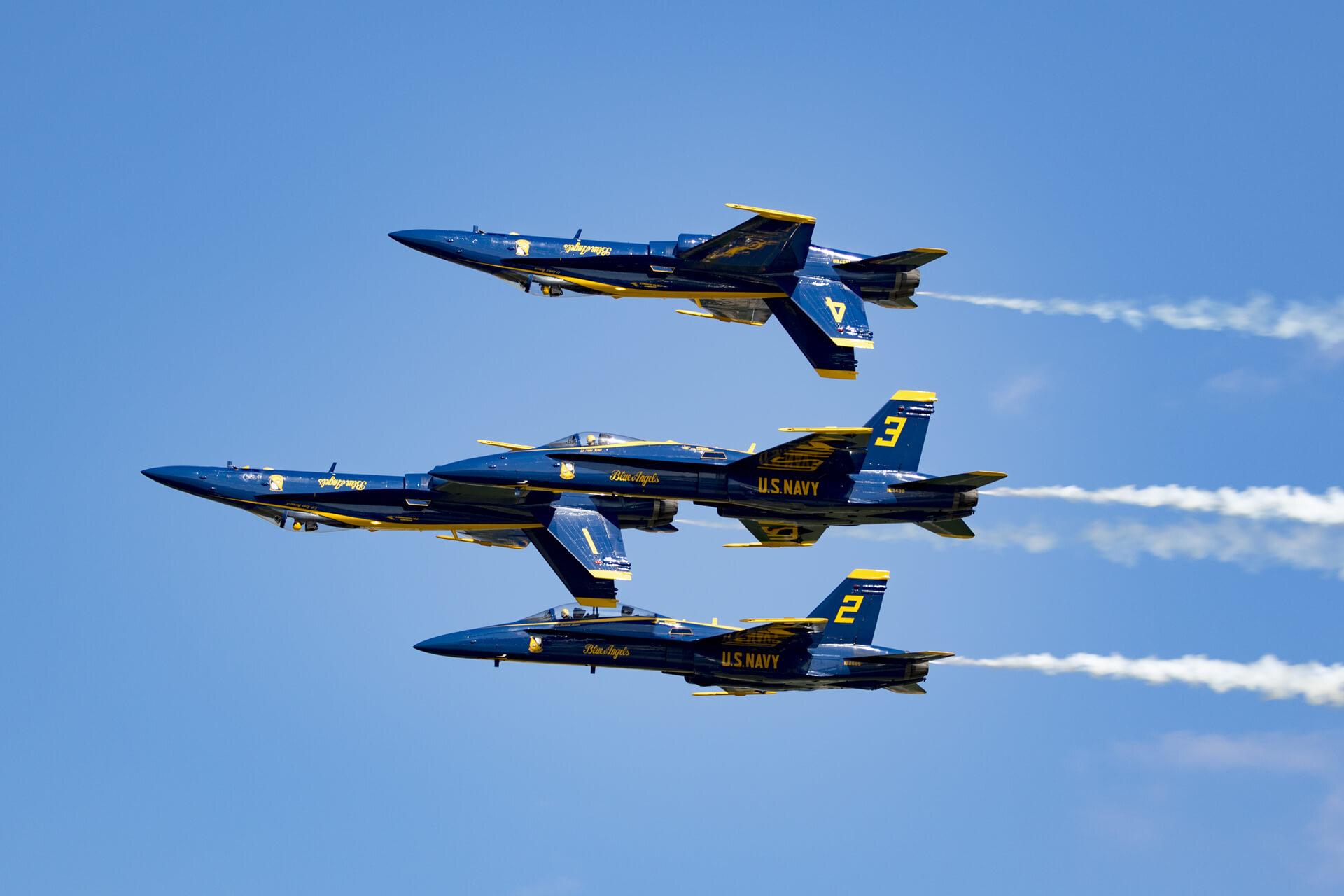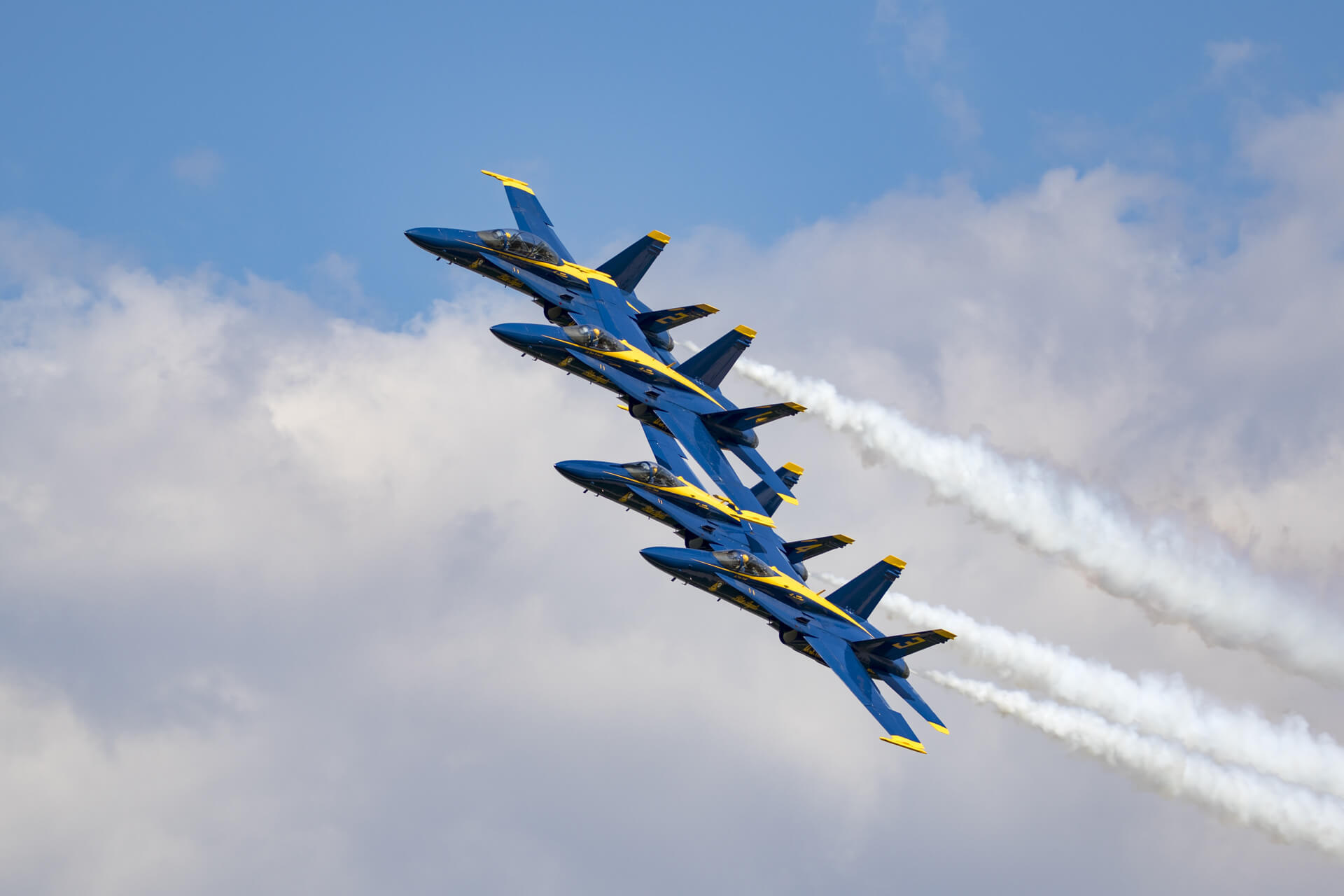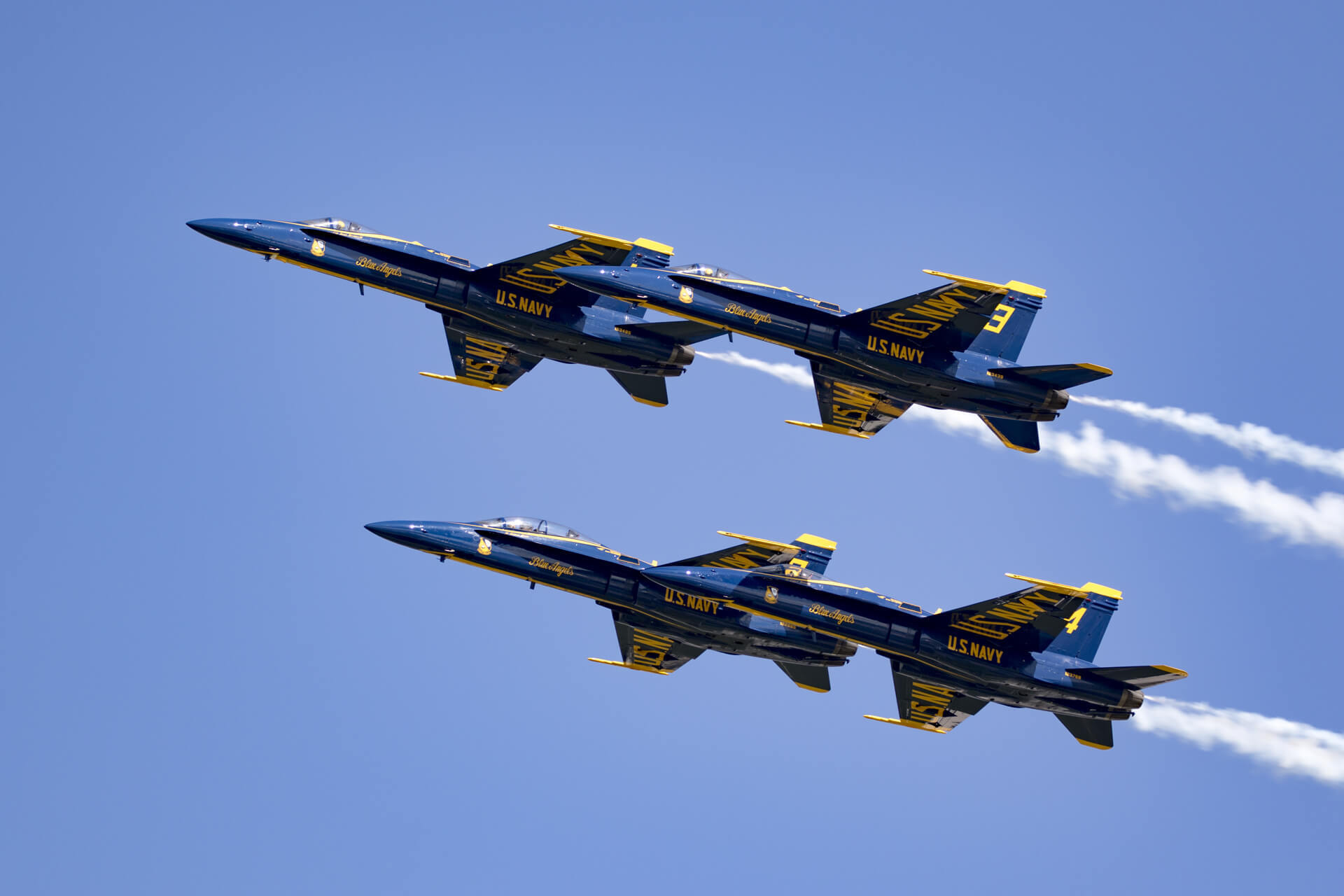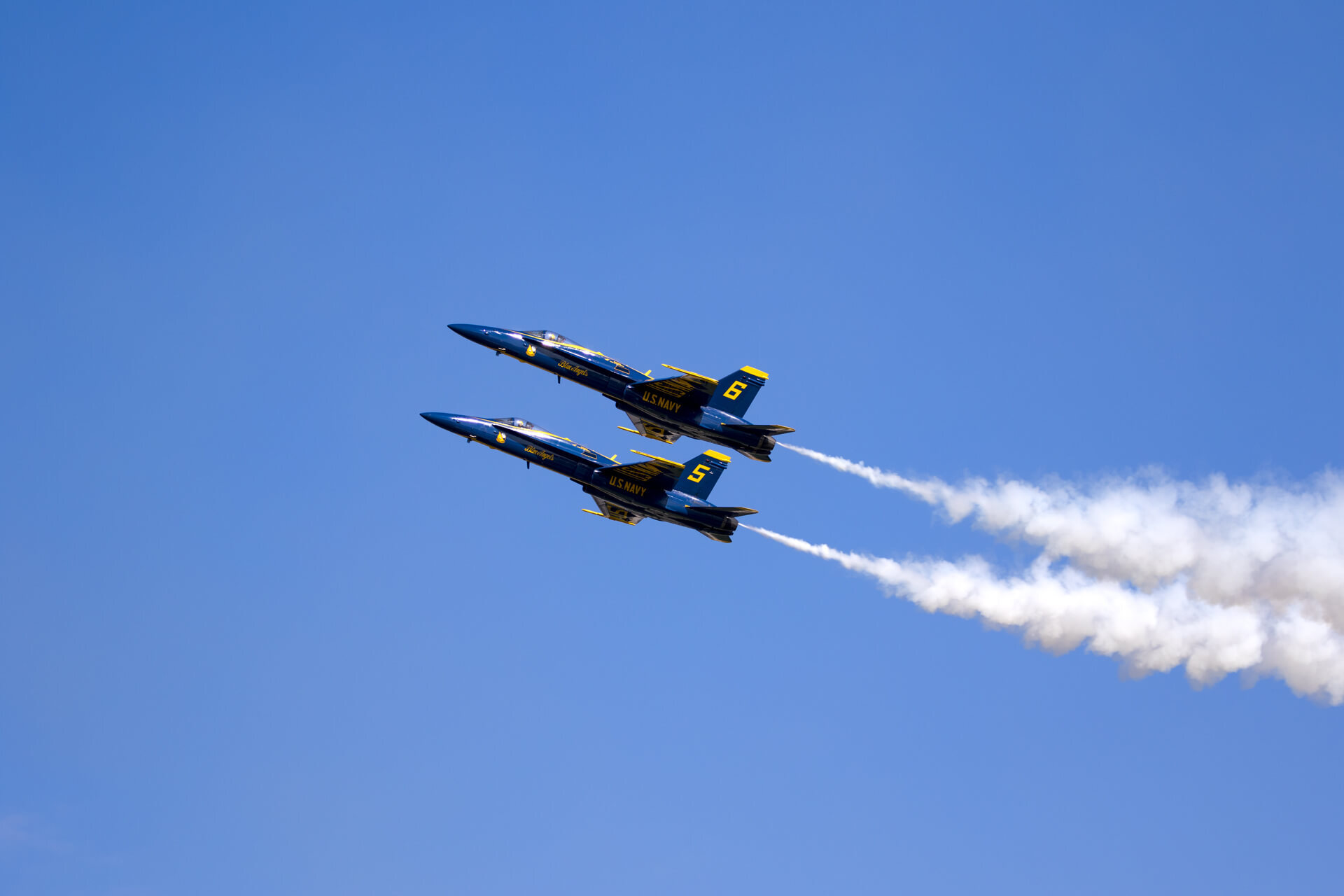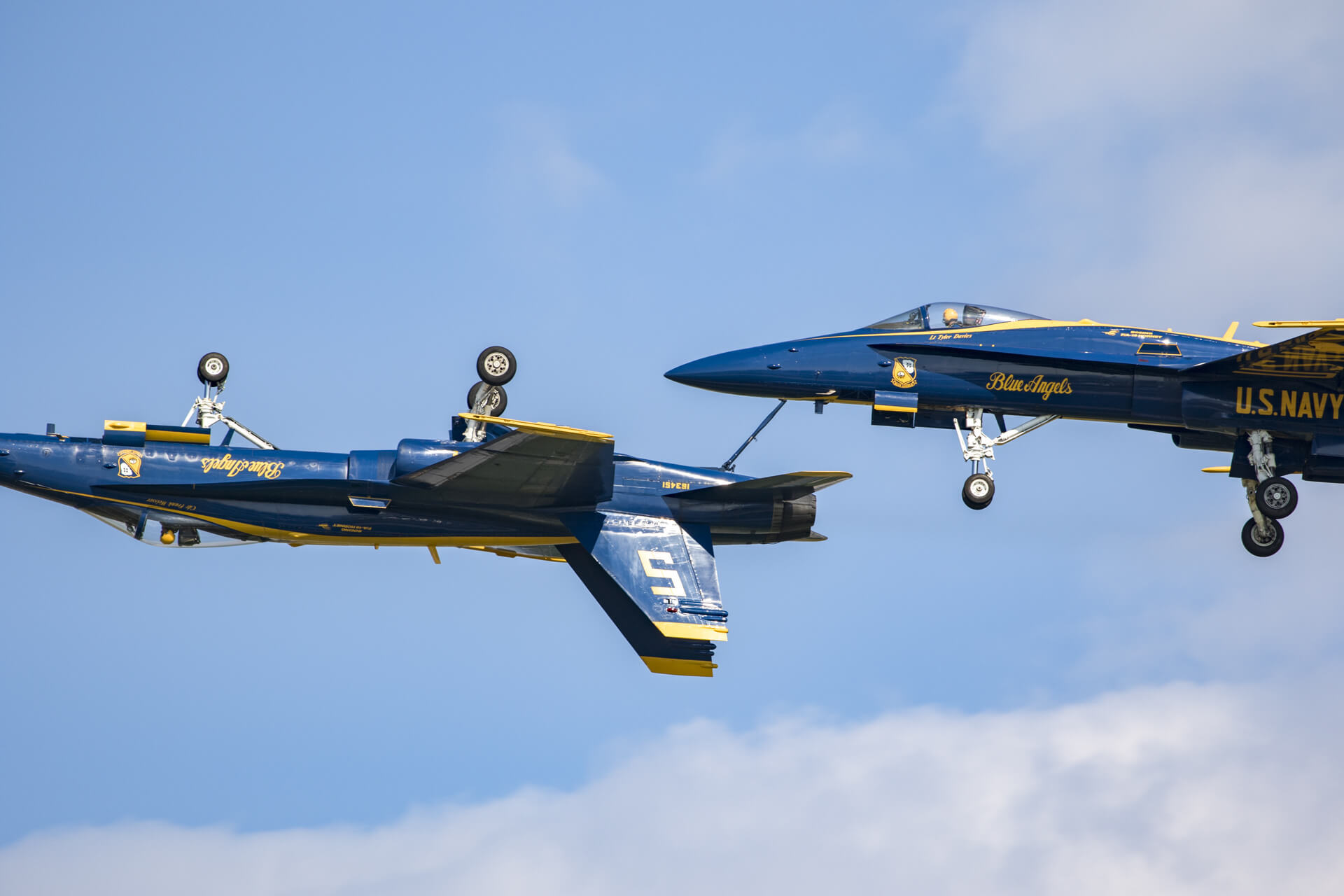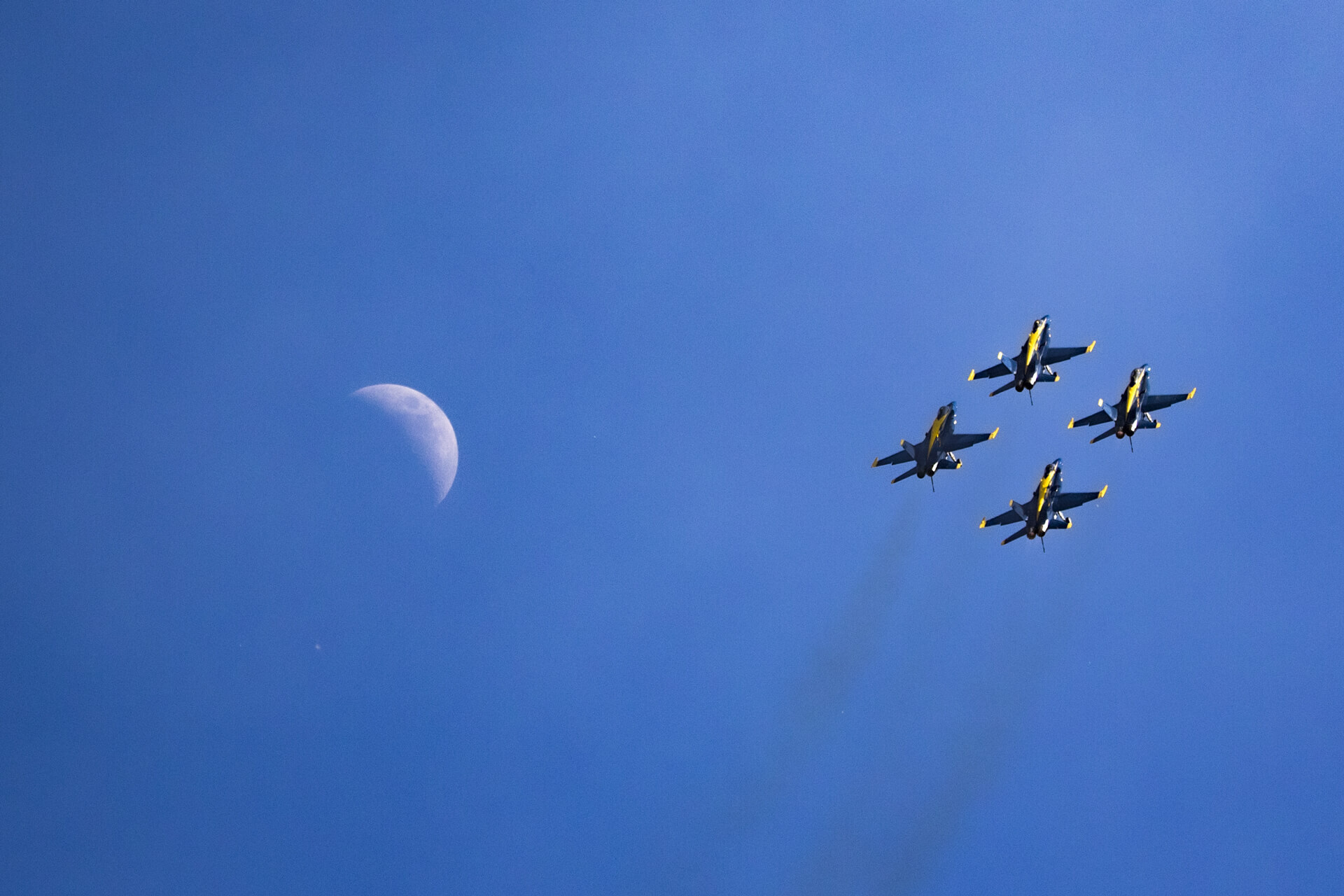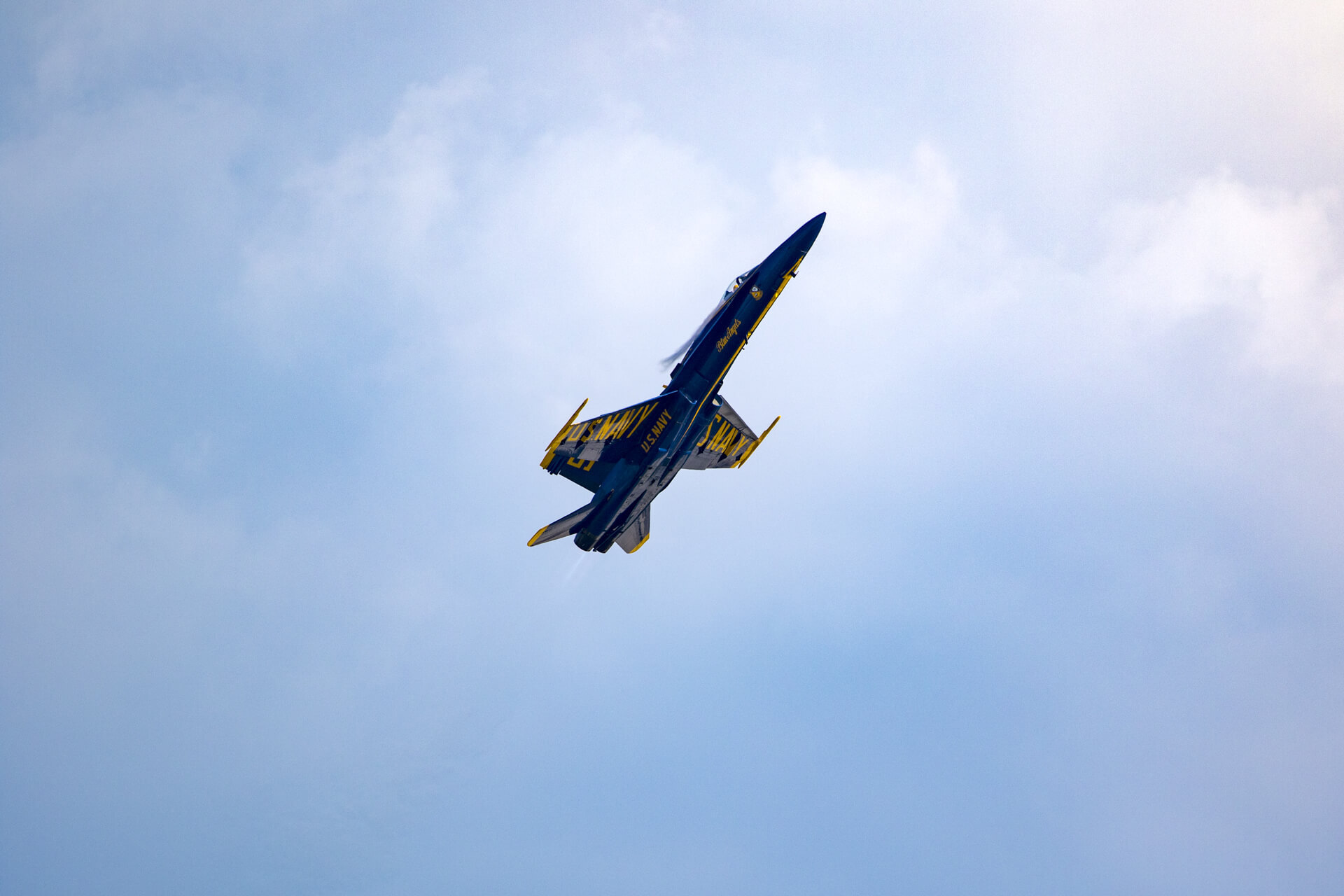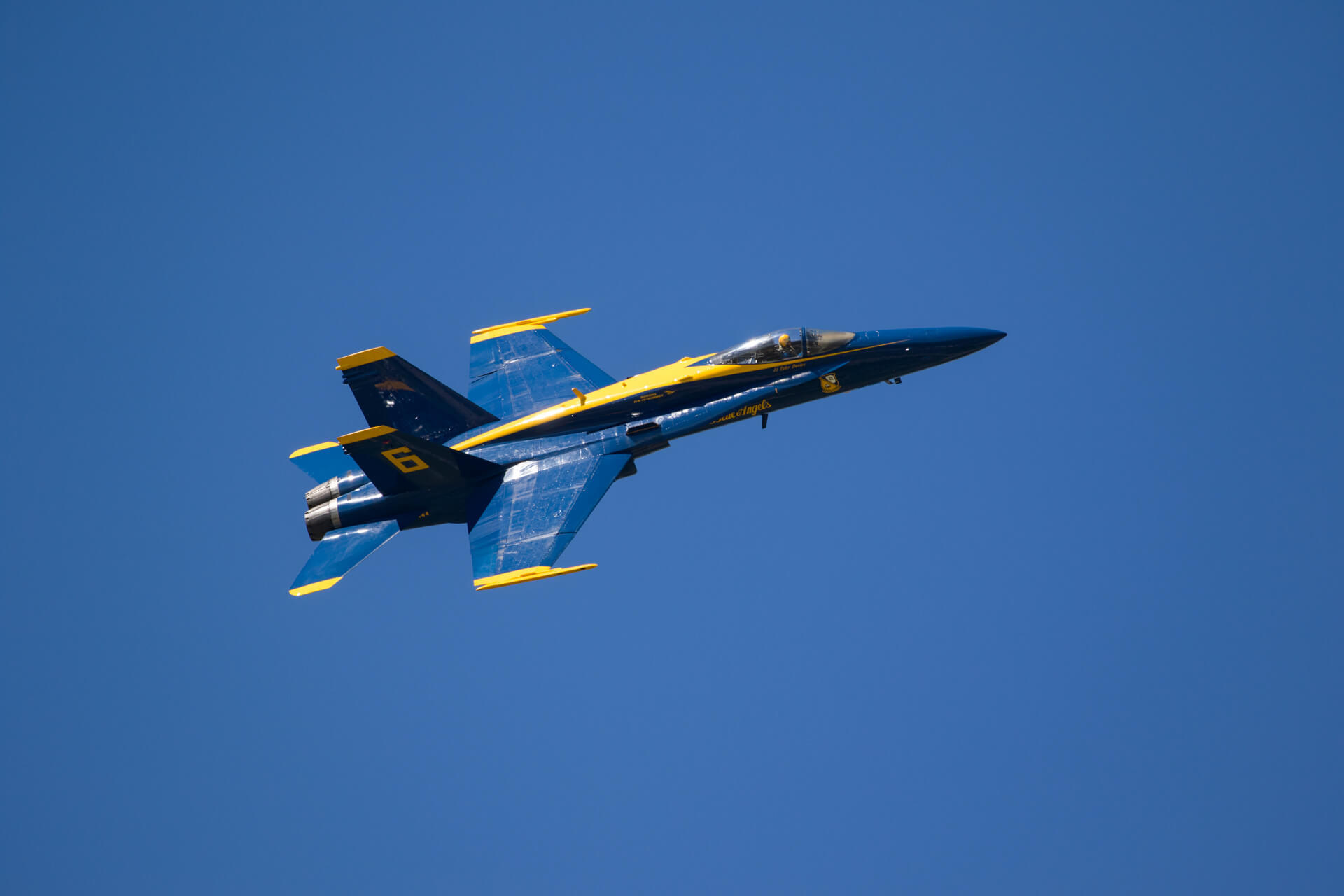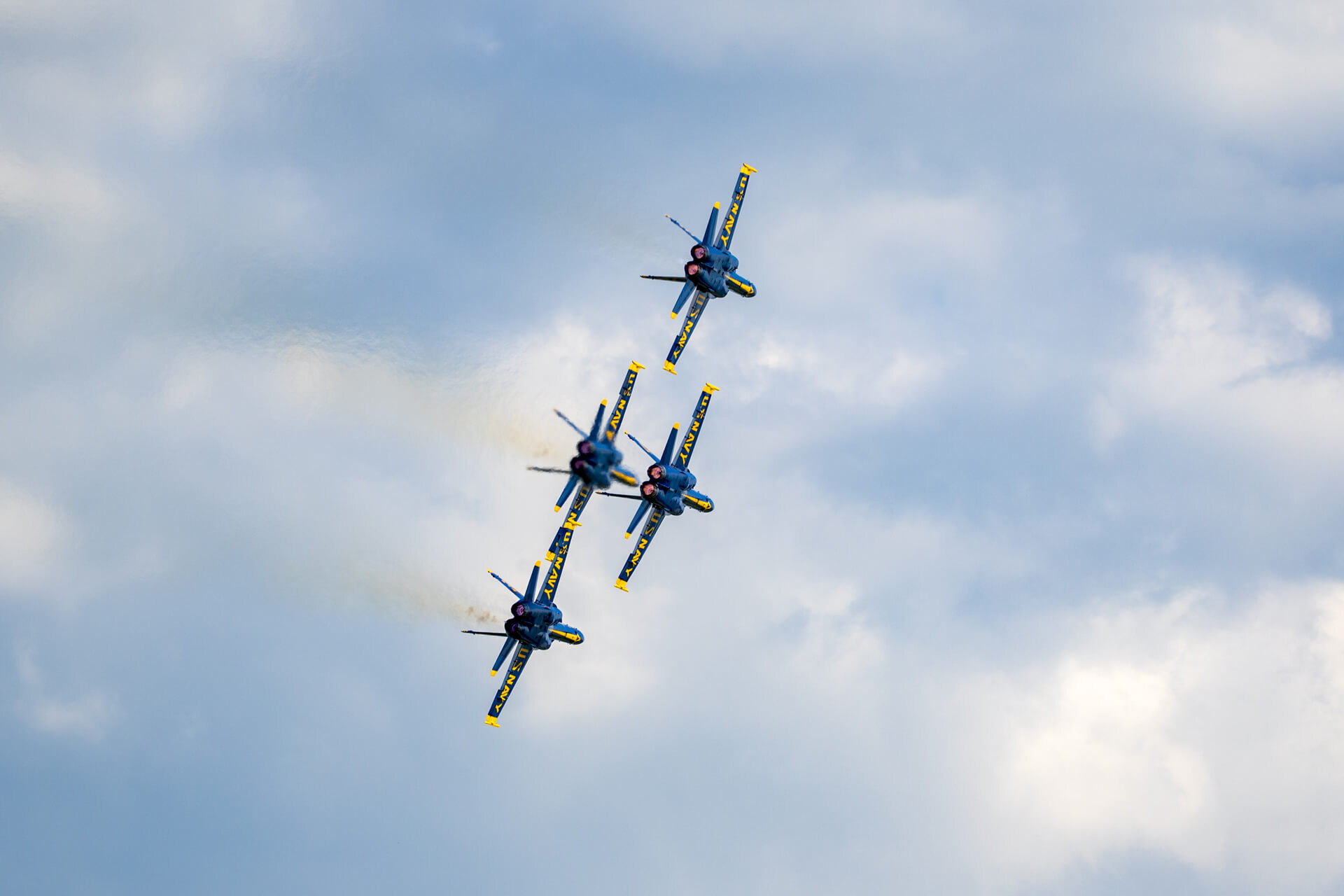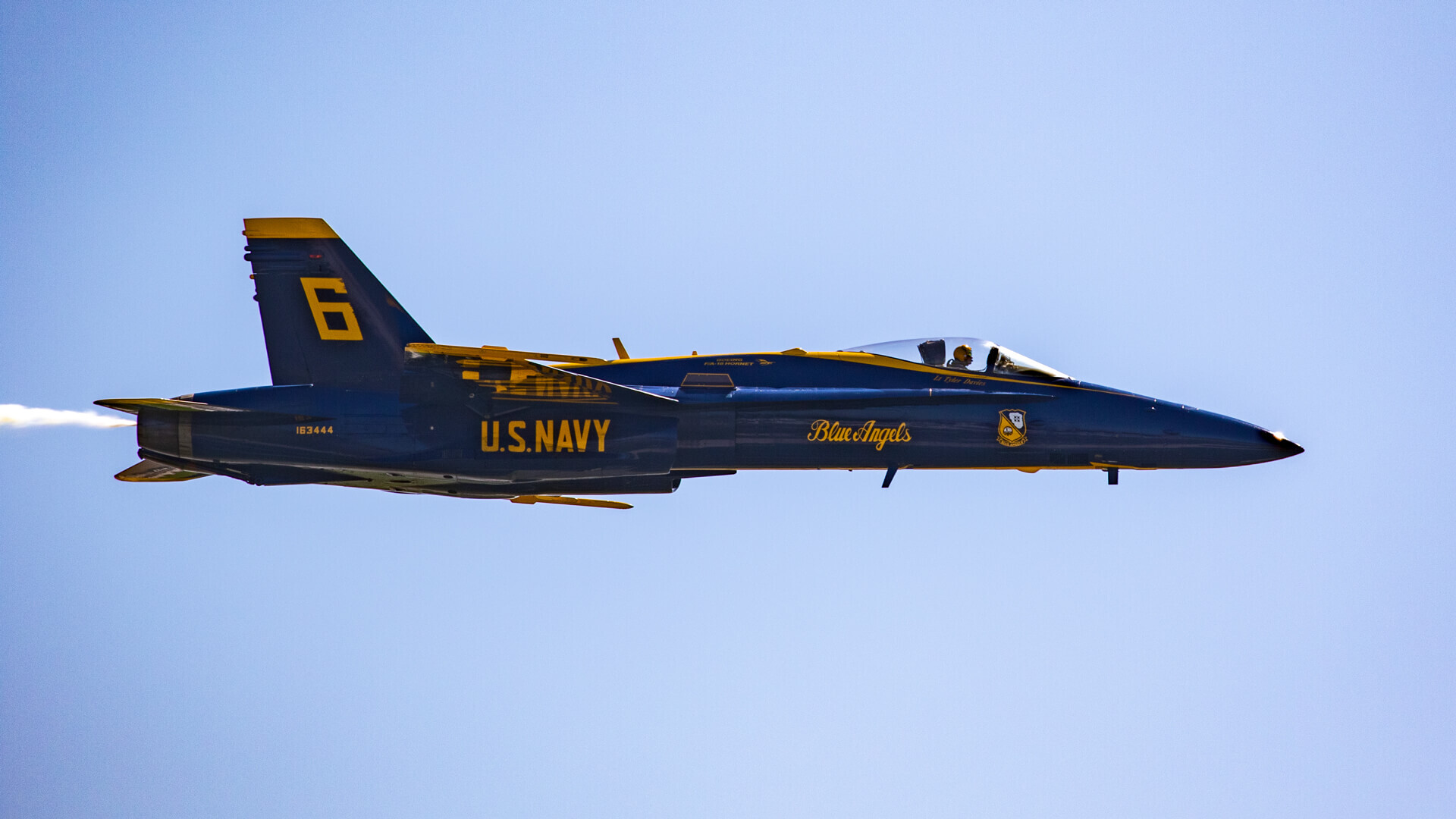
Although a precursor to summers end, EAA's annual AirVenture in Oshkosh Wisconsin is always a special treat. I attended again this year (Friday, July 28th), along with an estimated 600,000 others...including Stan Lee and ten astronauts from the Apollo missions!
"Warbird Alley" is a must see for me every year. Sure, you see a few of the same planes - but your looking at planes made over 70 years ago!
The weather could not have been better. Although I was baked by the sun, there was a consistent cool breeze which kept me quite comfortable throughout the day.
The dedication and spirit of the men and women who put their time, energy, and checkbooks into these planes is unimaginable.
People don't understand how enormous some of these planes are; I'm surprised myself. The Corsair; pictured here, has a wing span of over 40 feet. That's the width of your average school buss. The 2018 Corvette has 650 horsepower, this Corsair has almost four-times as much!
The last few years they have detonated hundreds of pounds of explosives - simulating bombing runs. That is why the bomb-bay doors of the B-25 Mitchell; pictured here, are open.
The newly restored: Doc, B-29 Superfortress (above), who just took his first flight since the 1950s on July 17th, showed himself off at the EAA this year - learn more here.
The United States of America's Navy Flight Demonstration Squadron, the Blue Angels, has proven; once again, to be the best.
I was so excited to hear about the Blue Angels coming to this year's air show. It had been about twenty years since the last time I saw them. Although I have seen other demonstrations by the Canadian Snowbirds and the U.S. Airforce Thunderbirds, neither had been as good as I remembered the Blue Angels being all those years ago.
Something to watch for at a Blue Angles demonstration is the "Sneak Pass". Where some of the planes distract you, and another plane burns past at roughly 700 miles per hour (just under breaking the sound barrier), really low to the runway...in this case, the announcer purposely called it from the opposite direction too - I didn't get a picture.
This year I tested out my newly purchased Cannon 100-400mm lens. Although much less versatile than my Tamron. I was looking for something with a little more range, and a clearer shot. It performed better than expected.

